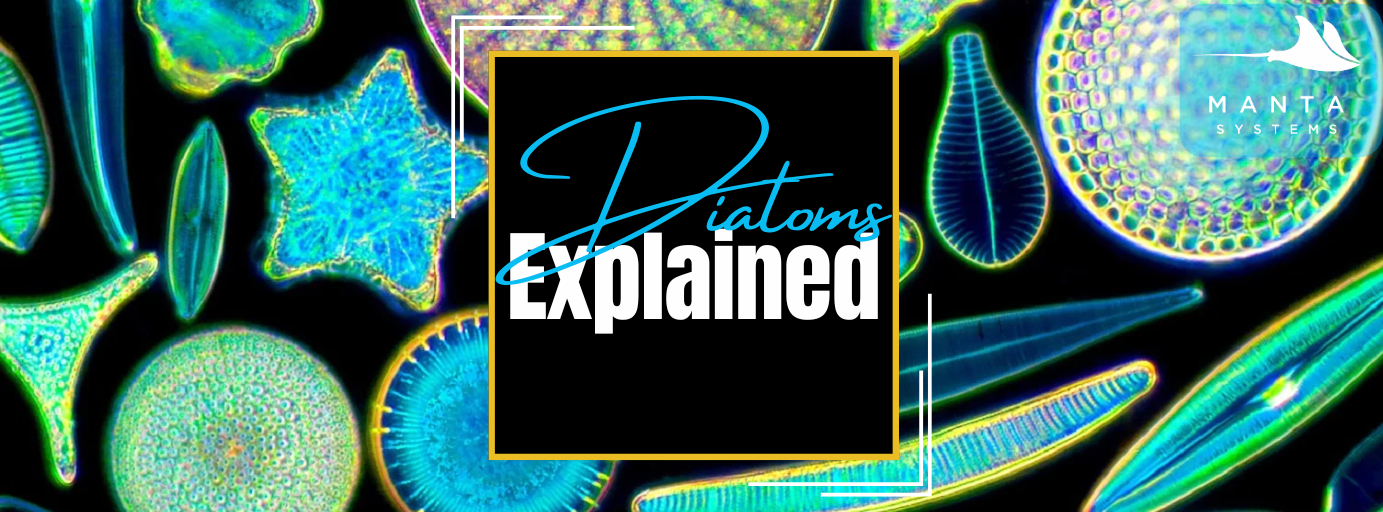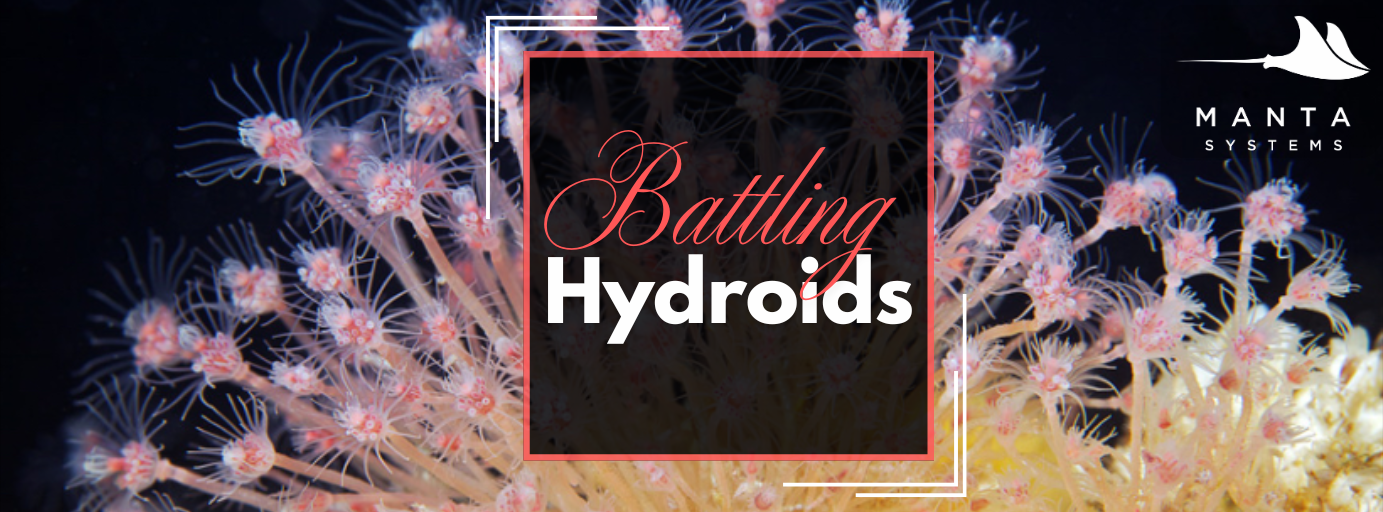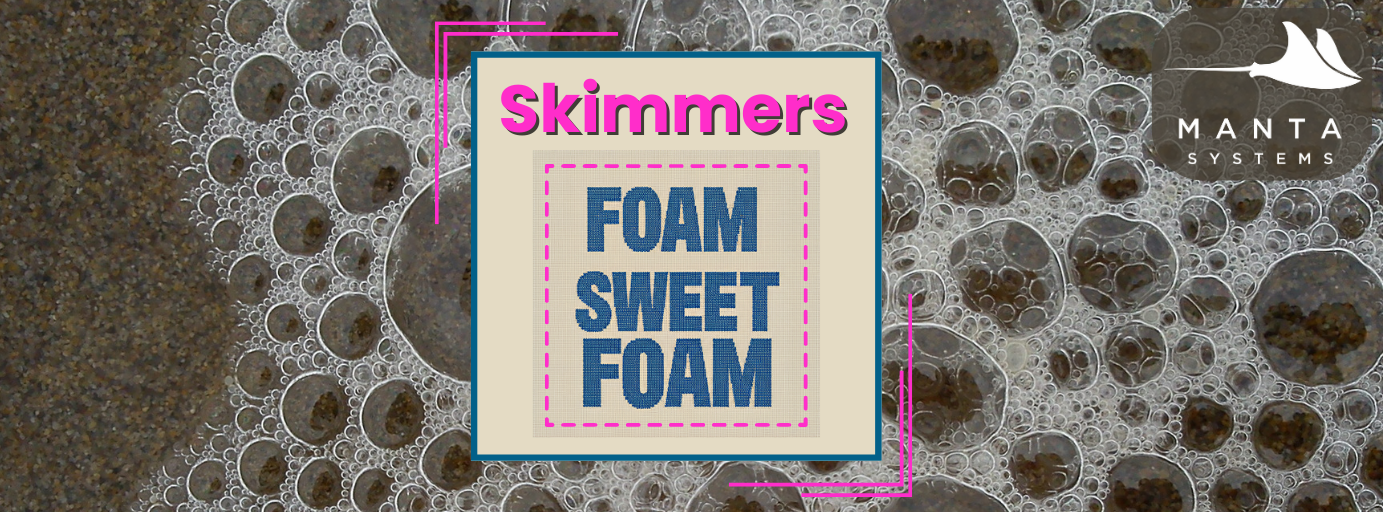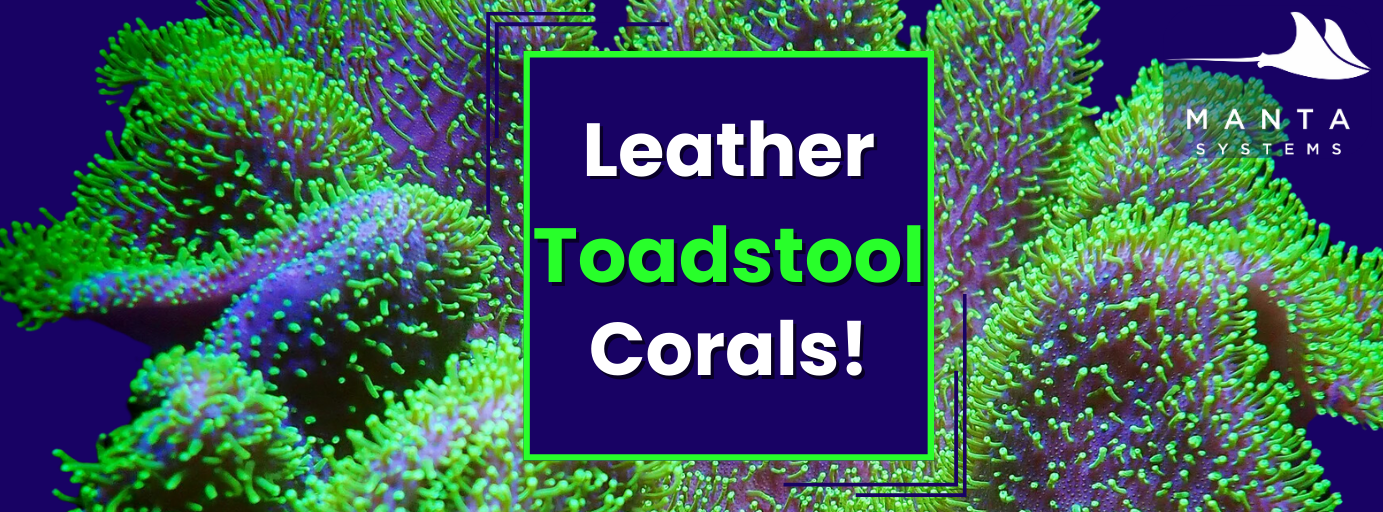Curious about keeping a Mandarin Dragonet? Discover this complete, hobbyist-friendly guide to Mandarin fish care, including feeding strategies, copepod management, tank setup, and troubleshooting common challenges. Learn how to enjoy the beauty of these stunning reef fish while keeping them healthy and
Intro to Saltwater Hobby: Your Ultimate Guide to Starting a Saltwater Aquarium
Welcome to the saltwater hobby! If you're new to the mesmerizing world of saltwater aquariums, you've come to the right place. Our beginner saltwater posts are designed to guide you through every step of setting up and maintaining your first saltwater tank. From selecting the right equipment and choosing the perfect fish, to understanding water chemistry and mastering maintenance routines, we've got you covered. Dive into our easy-to-follow guides, packed with expert tips and fun facts, and start your saltwater journey with confidence. Join our community of fellow enthusiasts and let's make your reef-keeping adventure an exciting and successful one!
Struggling to get your Mandarin Dragonet to eat frozen or pelleted food? Learn step-by-step techniques to transition your picky eater, from starting with live foods to target feeding tips. Set your mandarin up for success and reduce reliance on copepods for good!
𝐓𝐨𝐩 𝟓 𝐐𝐮𝐞𝐬𝐭𝐢𝐨𝐧𝐬 𝐭𝐨 𝐀𝐬𝐤 𝐁𝐄𝐅𝐎𝐑𝐄 𝐁𝐮𝐲𝐢𝐧𝐠 𝐚 𝐅𝐢𝐬𝐡
Avoid costly mistakes when buying a new fish! Learn the top 5 essential questions to ask before purchasing a saltwater or freshwater fish to ensure compatibility, proper care, and long-term success in your aquarium.
Looking to start your reef tank with easy-to-care-for corals? Discover the top 5 beginner soft corals that thrive in a variety of conditions. This guide covers their care requirements, growth habits, and why they’re perfect for new reef keepers.
𝐓𝐮𝐫𝐟 𝐀𝐥𝐠𝐚𝐞: 𝐈𝐝𝐞𝐧𝐭𝐢𝐟𝐢𝐜𝐚𝐭𝐢𝐨𝐧, 𝐂𝐚𝐮𝐬𝐞𝐬, 𝐚𝐧𝐝 𝐑𝐞𝐦𝐨𝐯𝐚𝐥
Learn how to identify, prevent, and control common turf algae in saltwater aquariums. Discover causes, solutions, and expert tips for maintaining a healthy reef
𝐃𝐢𝐚𝐭𝐨𝐦𝐬: 𝐂𝐚𝐮𝐬𝐞𝐬, 𝐒𝐨𝐥𝐮𝐭𝐢𝐨𝐧𝐬, 𝐚𝐧𝐝 𝐏𝐫𝐞𝐯𝐞𝐧𝐭𝐢𝐨𝐧
Tired of the dreaded brown dust in your saltwater tank? Learn everything about diatoms—what causes them, how to remove them, and why they might not be as bad as you think.
Learn how to identify, manage, and eliminate hydroids in your saltwater aquarium. This guide covers hydroid types, prevention strategies, removal methods, and common myths, ensuring a balanced and healthy reef tank.
𝐁𝐫𝐢𝐬𝐭𝐥𝐞 𝐖𝐨𝐫𝐦𝐬: 𝐅𝐫𝐢𝐞𝐧𝐝 𝐨𝐫 𝐅𝐨𝐞?
Bristle worms: Friend or foe? Learn how to identify, manage, and appreciate these misunderstood reef critters in your saltwater aquarium.
𝐏𝐫𝐨𝐭𝐞𝐢𝐧 𝐒𝐤𝐢𝐦𝐦𝐞𝐫𝐬 𝐃𝐞𝐜𝐨𝐝𝐞𝐝
Discover the ultimate guide to protein skimmers for saltwater aquariums. Learn how they work, their benefits, troubleshooting tips, and why they’re essential for pristine water quality and healthy coral growth.
In this detailed guide, we break down the step-by-step process of acclimating your new fish, covering everything from preparation to final release. Learn why acclimation matters, how to prepare, and the best methods to ensure a smooth transition for your new fish.
𝐓𝐨𝐚𝐝𝐬𝐭𝐨𝐨𝐥 𝐋𝐞𝐚𝐭𝐡𝐞𝐫𝐬: 𝐓𝐡𝐞 𝐏𝐞𝐫𝐟𝐞𝐜𝐭 𝐁𝐞𝐠𝐢𝐧𝐧𝐞𝐫 𝐂𝐨𝐫𝐚𝐥!
Discover the ultimate guide to toadstool leather coral care. From placement to propagation, troubleshooting to myths, learn how to keep these resilient corals thriving in your reef tank.
𝐓𝐨 𝐏𝐨𝐩 𝐨𝐫 𝐍𝐨𝐭 𝐭𝐨 𝐏𝐨𝐩?
Learn everything you need to know about bubble algae in saltwater aquariums, including identification, nutrient utilization, removal methods, and prevention strategies for a pristine reef tank.
𝐓𝐨𝐩 𝟏𝟎 𝐑𝐞𝐟𝐮𝐠𝐢𝐮𝐦 𝐌𝐢𝐬𝐭𝐚𝐤𝐞𝐬
Learn the top 10 refugium mistakes that even experienced aquarists make. From improper lighting to ignoring pests, this guide covers common pitfalls and how to avoid them, ensuring your refugium thrives as a nutrient-export powerhouse.
𝐑𝐞𝐟𝐮𝐠𝐢𝐮𝐦 𝐄𝐬𝐬𝐞𝐧𝐭𝐢𝐚𝐥𝐬: 𝐄𝐧𝐡𝐚𝐧𝐜𝐢𝐧𝐠 𝐍𝐚𝐭𝐮𝐫𝐚𝐥 𝐅𝐢𝐥𝐭𝐫𝐚𝐭𝐢𝐨𝐧
Unlock the full potential of your saltwater aquarium with our ultimate refugium guide. Learn about types, benefits, setup tips, advanced techniques, and maintenance secrets for creating a thriving refugium that boosts water quality and biodiversity.
𝐓𝐡𝐞 𝐔𝐥𝐭𝐢𝐦𝐚𝐭𝐞 𝐆𝐮𝐢𝐝𝐞 𝐭𝐨 𝐑𝐞𝐝𝐮𝐜𝐢𝐧𝐠 𝐍𝐢𝐭𝐫𝐚𝐭𝐞s
Discover the ultimate guide to reducing nitrates in saltwater aquariums. Learn safe nitrate levels for fish, corals, and invertebrates, plus effective methods like biological and mechanical filtration, carbon dosing, and sulfur denitrators. This comprehensive resource includes troubleshooting, nutrient















